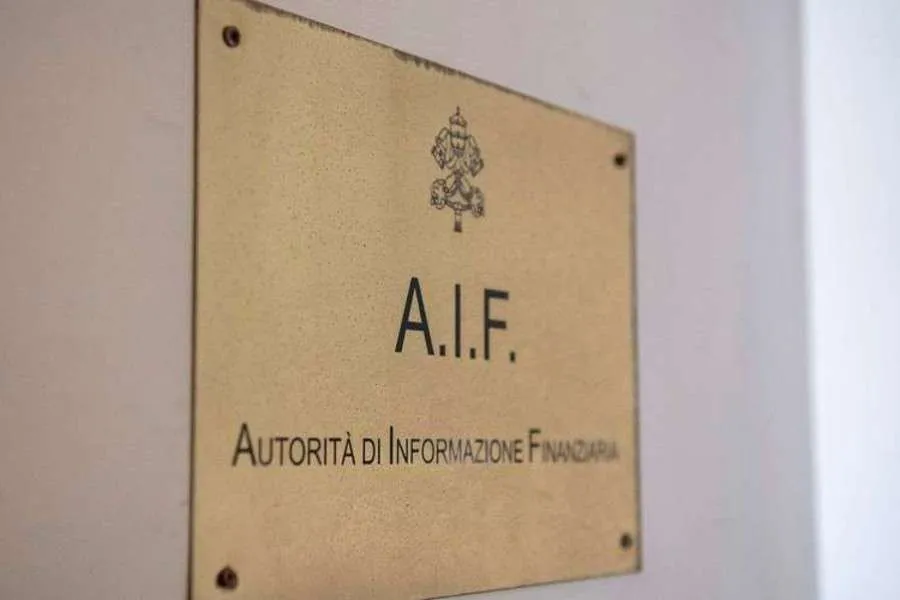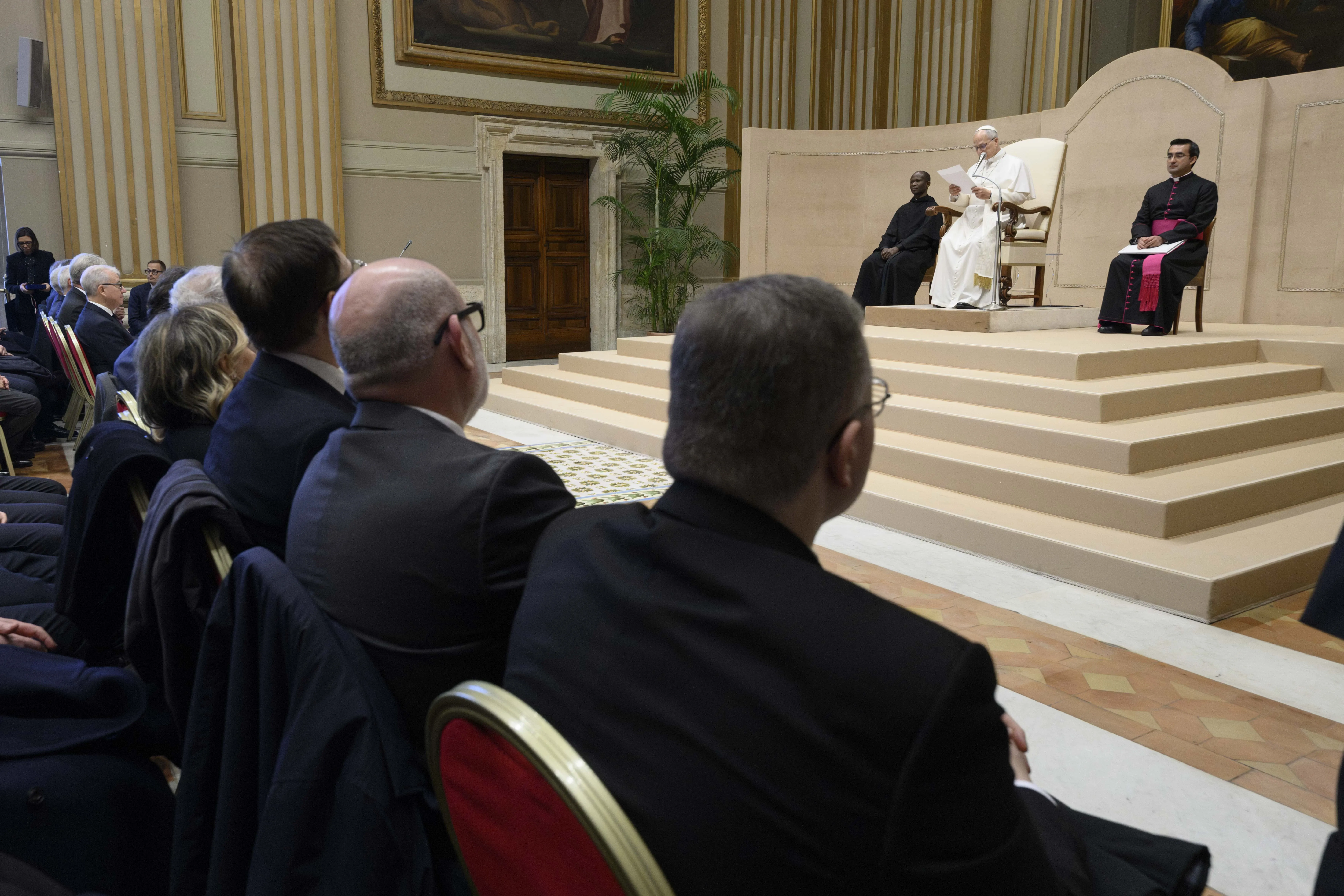In September, Moneyval, the Council of Europe’s anti-money laundering watchdog, is set to conduct a two-week onsite inspection of the Holy See and Vatican City – the first since 2012.
The president of the Vatican’s Financial Information Authority, Carmelo Barbagallo has described the inspection as “especially important.” “Its outcome may determine how the jurisdiction [of the Vatican] is perceived by the financial community,” he said on July 3.
Moneyval is expected to arrive with its own list of concerns and questions following months of reporting on Vatican financial scandals. A key item on its agenda is likely to be the role of APSA.
Following the last onsite inspection in 2012, APSA agreed to stop providing services to individuals or taking part in commercial transactions, with these functions being transferred to the Institute for Religious Works (IOR), often referred to as the Vatican Bank, which maintains accounts for Vatican employees, individuals and religious groups. APSA was to be limited to administering the sovereign assets of the Holy See, meeting payroll and operational costs, and functioning as the national reserve bank of the Vatican.
In exchange for agreeing to step back from commercial activity, APSA was exempted from annual inspections by the Vatican’s Financial Intelligence Authority (AIF), whose efforts are in turn assessed by Moneyval.
(Story continues below)
In 2014, Pope Francis issued new norms, transferring oversight and control of APSA’s remaining investment functions to the Prefecture for the Economy, then headed by Cardinal George Pell.
The AIF’s 2015 annual report concluded that since it is no longer an “entity that carries out financial activities on a professional basis,” “APSA stopped being a part of AIF’s jurisdiction at the end of 2015.”
The 2015 AIF report which exempted APSA from further scrutiny said that “If APSA were to carry out financial activities on a professional basis, it would fall again under the jurisdiction of AIF which… must publish and update the list of subjects who must comply with the requirements set forth in [relevant law].”
But last year, Bishop Nunzio Galantino, head of APSA, acknowledged that it had loaned 50 million euros to finance the purchase of an Italian hospital, the Istituto Dermopatico dell’Immacolata (IDI), in 2015, even though APSA is prohibited from making loans that finance commercial transactions.
APSA was forced to write off 30 million of the 50 million euro loan, wiping out APSA’s profits for the 2018 financial year.
The acknowledgement by Galantino that APSA was in 2015 engaged in prohibited lending activity will likely have attracted the attention of European financial watchdogs, who will want to discuss it in September.
In 2016, Pope Francis partially reversed some of the 2014 reforms, returning control of its investment activity to APSA from the Prefecture for the Economy.
That APSA is engaged in financial activity that requires oversight was underlined when, in June this year, Pope Francis moved the office of the Vatican’s financial records database from APSA back under the management of the Secretariat for the Economy -- a move explicitly made to emphasise the need for external oversight.
When Moneyval arrive in September, they are likely to push for a renewed look at the role of APSA and its exemption from AIF and Moneyval’s vigilance - all the more so if it becomes the home for all curial assets.
Some Vatican departments, most notably the Secretariat of State, remain engaged in commercial investments as part of their ongoing financial activities. If, as Guerrero’s May 8 letter indicates, all, or even most, liquid curial assets are now being banked with APSA, it will raise serious questions about how those commercial ventures are being maintained, and if APSA can still credibly claim to play no part in commercial activity.
2020 has become an incredibly high-stakes year for the Vatican, on the line is its ability to continue daily operations and remain a respectable member of the financial community.
Returning to financial health and international credibility are, in many ways, tied together for the Vatican. But after years of regulatory chaos and dubious financial conduct, it remains to be seen if 2020 is a crisis year that makes those efforts come good at last – or finally breaks the bank.








